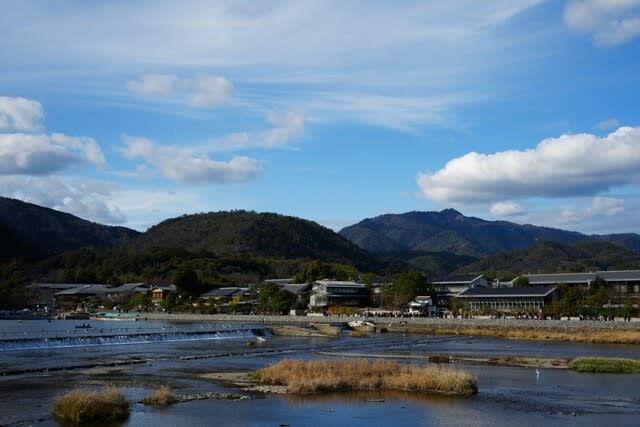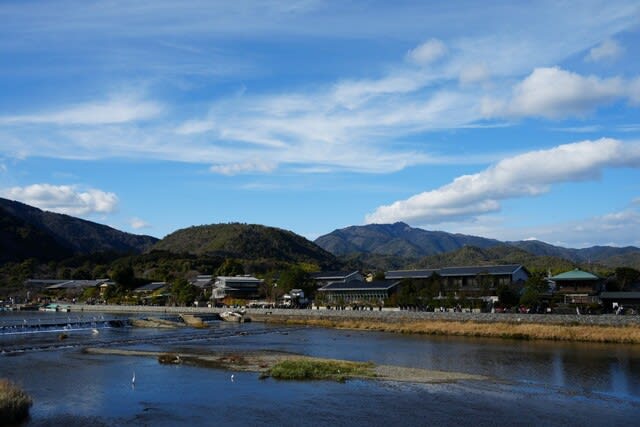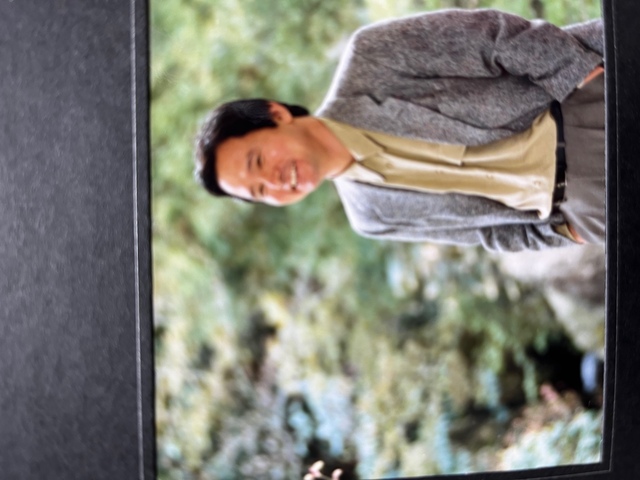It is the chapter I sent out on 2017-05-06.
In his Weekly Shincho Golden Week feature, Masayuki Takayama is also the quintessential post-war journalist globally.
The latter part of this weekly magazine begins with his famous column.
He is truly the world's best journalist and scholar.
He is the best writer in Japan and, for that matter, in the world.
The Nobel Prize in Literature should be awarded to him.
For example, according to this paper, for the first time, the Japanese people and people worldwide have said that the Asahi Shimbun has spread that "Japanese have committed women not only in Koreans but also in Dutch India." It is because we know it is a complete lie for the first time.
Moreover, the lie is for the Asahi Shimbun, the people who lied about it, and the people worldwide, including me, who were utterly ignorant until we read this article.
Masayuki Takayama is more than Bob Dylan, who has continued to inspire my life.
He is an absolute giant of knowledge among people alive today.
The only other giant of intellect that can be compared to him is the late Mr. Shoichi Watanabe.
There is another giant of intellect in Japan called Hiroshi Furuta, though. *
Half-caste Elegy
The last war started with Japan declaring war on Britain and America.
Then, the Dutch declared war on Japan, saying they, too, were a white nation that hated Japan.
There were significant oil fields in the Dutch East Indies, such as Palembang and Balikpapan.
The output was more than enough to make up for Japan's annual consumption.
Japan was going to negotiate an oil purchase with the Netherlands after dropping Singapore and the Philippines.
But then the Dutch declared war on Japan.
They saved us the trouble of negotiation.
So, when the Singapore invasion was in sight, the Japanese invaded the Dutch East Indies.
It holed up eighty thousand Dutch troops in Fort Bandung.
The British used Indians, and the Americans used Filipinos as their vanguard, but the Dutch brutalized the locals for 400 years.
It took its toll, and as soon as the war began, 'all the local soldiers fled.'
(R. Gausbrook, "Western Colonial Loss and Japan").
The only people left in the fortress were the whites.
When the Japanese began their attack, they immediately raised their hands.
They knew the German soldiers captured at the Siege of Tsingtao thirty years earlier had lived in a graceful camp.
We should be treated with the same care.
But that war was started when Japan was cornered and could no longer eat.
You're asking for too much to declare war on your own accord, not fight, and now feed 80,000 people gracefully.
Moreover, they were not the only dependents of the Dutch.
There were also 40,000 Dutch citizens in the Dutch East Indies.
The Japanese army educated the locals to take care of them.
As far as they were concerned, they didn't even give them a good meal.
'The locals we've been abusing so badly, it didn't even give us a good meal to work with.'
The Japanese generals were violent but still sensible.
'They forbade us to shower for several days if we violated discipline. The Japanese did not know that we were not in the habit of bathing and believed it would be a punishment.'
The other day, the Asahi Shimbun wrote that the Dutch's anti-Japanese sentiment was due to the "mistreatment by the Japanese army" at that time. Still, Gausbrook said, 'Half the feeling of mistreatment was due to the white man's awareness of being dictated to by a monkey with yellow bent legs.'
Another thing that neither he nor Asahi purposely mentions is that there were "white people" who were not allowed into the camps at this time.
They were called half-caste because of the half-caste that the Dutch had given birth to a local woman.
The women were prettier than the Dutch," Mr. Noboru Yamaguchi, executive director of the ANA, who served in the Southern Army, told me many years ago.
The mixed-race men became soldiers to protect their white fathers, just like Shanana Guzman in East Timor, and abused the locals on their mother's side.
The women also lived in the white community, but the war started throwing everything out of whack.
Their father did not take them to the internment facility because it was partly for his family's sake.
Like in East Timor, the locals hated and could have killed them.
They relied on protecting Japanese soldiers, civilians, and trading company employees stationed in the country.
There were many cases of them marrying or living together.
The purpose of the "Hakubakai," which Soichi Oya presided over, was also for this Javanese half-caste.
Aside from Oya, all the military personnel who lived there were earnest.
After the war, many of the 2,000 soldiers and civilian workers who participated in Indonesia's War of Independence had such connections.
The Asahi Shimbun actively propagated the ugly "battlefield sex" of the Japanese to cover up Yoshida Seiji's lies.
One was the series "Japanese Army not only raped Koreans, but the Dutch East Indies also raped Dutch women."
In this installment, reporter Okubo Maki tells the story of a "Dutch woman and the daughter of a Japanese serviceman" who came to Japan and met her father's family.
In the story, she secretly reveals that the women were not Dutch but half-caste abandoned.
The Japanese must be the bad guys.
That's the corporate motto of the Asahi Shimbun, but that inevitably makes it incoherent.
This article proves that.
The Asahi Shimbun needs to improve in writing good Japanese.
It's a very sad newspaper.

2023/12/23 in Kyoto






















